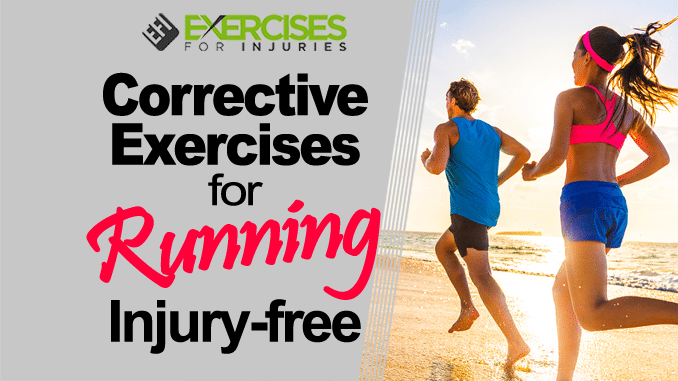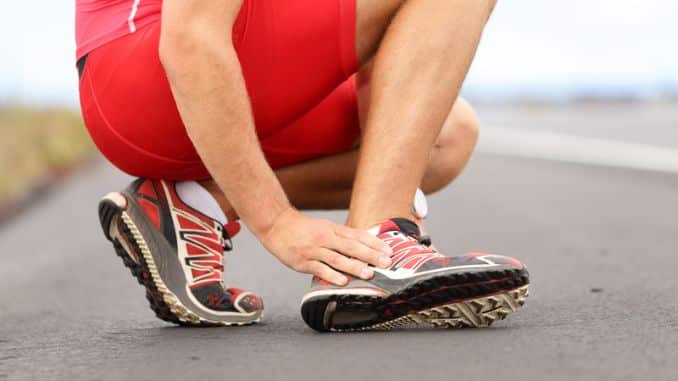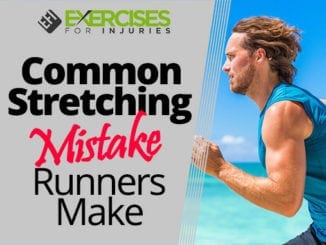
Running is one of the adults’ most popular recreational activities, but most will have to stop due to an injury. Along with a solid running program that prevents overtraining, there are several critical exercises that a fitness professional must include in a recreational runners program to keep them running injury-free. In the corrective exercises for running the injury-free webinars, the fitness professional will learn assessment techniques and practices to keep their clients running injury-free. 
What you will learn in the Corrective Exercises for Running Injury-free webinar:
-
Learn postural dysfunctions that lead to running injuries.
We all have bad habits that negatively affect our health and are often mistaken for posture, but they are different. Posture is a static position that we assume when standing or sitting still.
Postural dysfunctions are common, and most people have at least one. They may seem inconsequential, but they can cause critical problems if left untreated.
- Understand how and which movement assessments help the runners keep running. Movement assessments are a great way to keep track of any changes in your body over time. Now, if you see changes in your movement pattern, address them. Movement assessments can help identify any issues negatively impacting your running form. Correcting these issues will lead to less stress and strain on the body.
-
Discover the essential exercises a runner must perform to run injury-free (Note – This product has been retired.)
While running is a great way to get in shape, especially for people who are out of form or overweight, this is also a fantastic routine to improve your running and walking performance. Consider running exercises fundamental for enhancing endurance and strength in this webinar on corrective exercises for running injury-free. You will learn how to perform these exercises safely and effectively to help prevent injuries.
A lot of people think that running is enough to keep them healthy. As with anything, it takes more than just running. To avoid injury, run slowly, listen to your body, don’t push it too hard, and never run alone. It is also advisable to stretch before and after workouts and to warm up your muscles before running. If you have an injury or are just starting, it is a good idea to see a professional validate to know if you do the exercises correctly. This will help prevent injuries and assurance that you are properly progressing towards your exercise goals.
INSTRUCTOR of Corrective Exercises for Running Injury-free (Webinar)
Rick Kaselj – MS., B.Sc., PK, CPT, CEP, CES
Rick Kaselj specializes in exercise rehabilitation, post-rehab, active rehabilitation, therapy, and corrective exercise. He trains people injured at work, in car accidents, and during sports activities in one-on-one and group rehabilitation settings. His clients and group exercise participants include a wide variety of individuals from healthy and special populations.
Rick recently completed his Master of Science degree focusing on corrective and therapeutic exercises for the rotator cuff. Rick has given over 233 presentations to 4531 fitness professionals and consumers across Canada. At the same time, he is continuing to work in rehabilitation centers, physiotherapy clinics, fitness clubs, and personal training studios.






